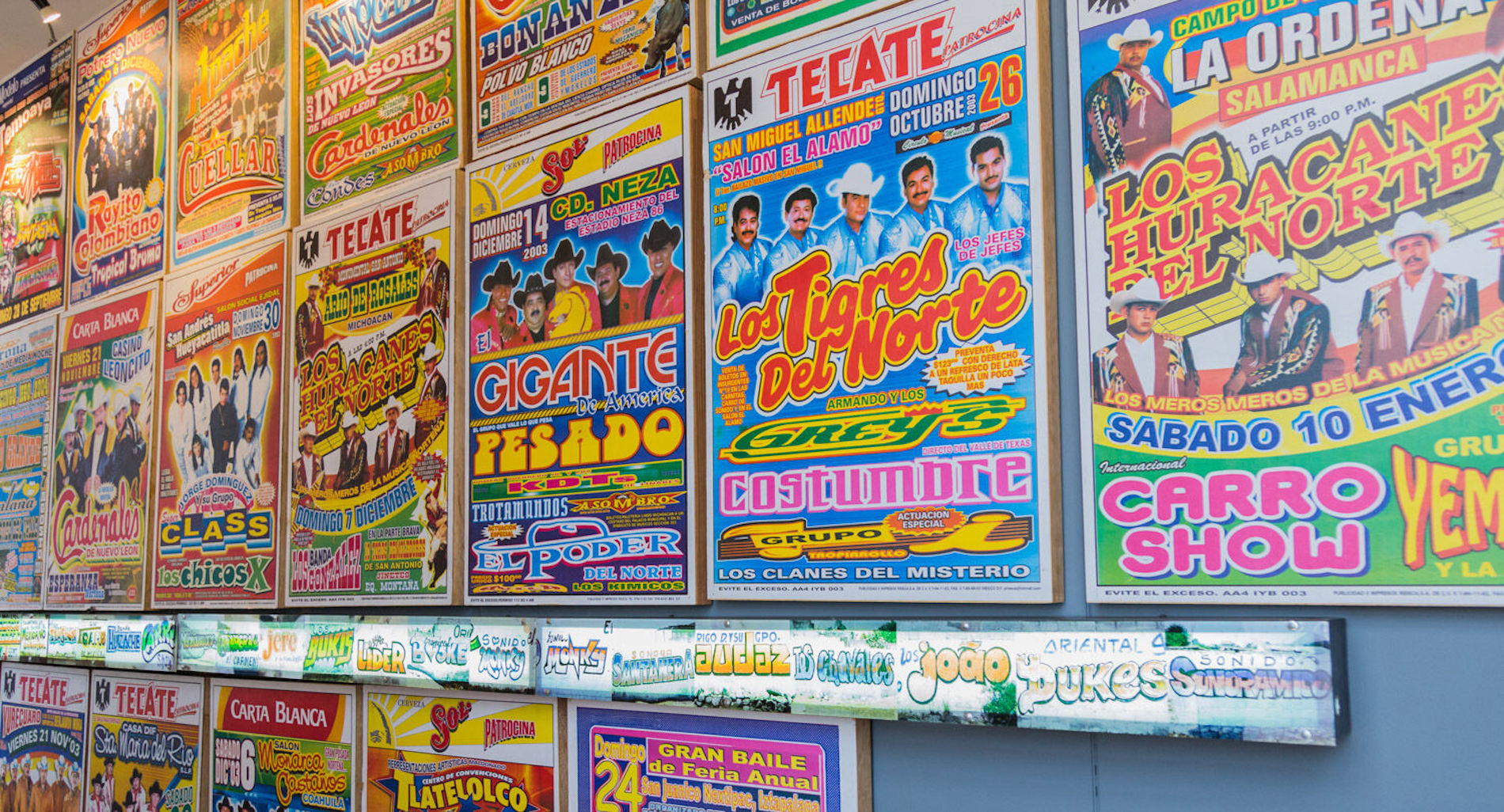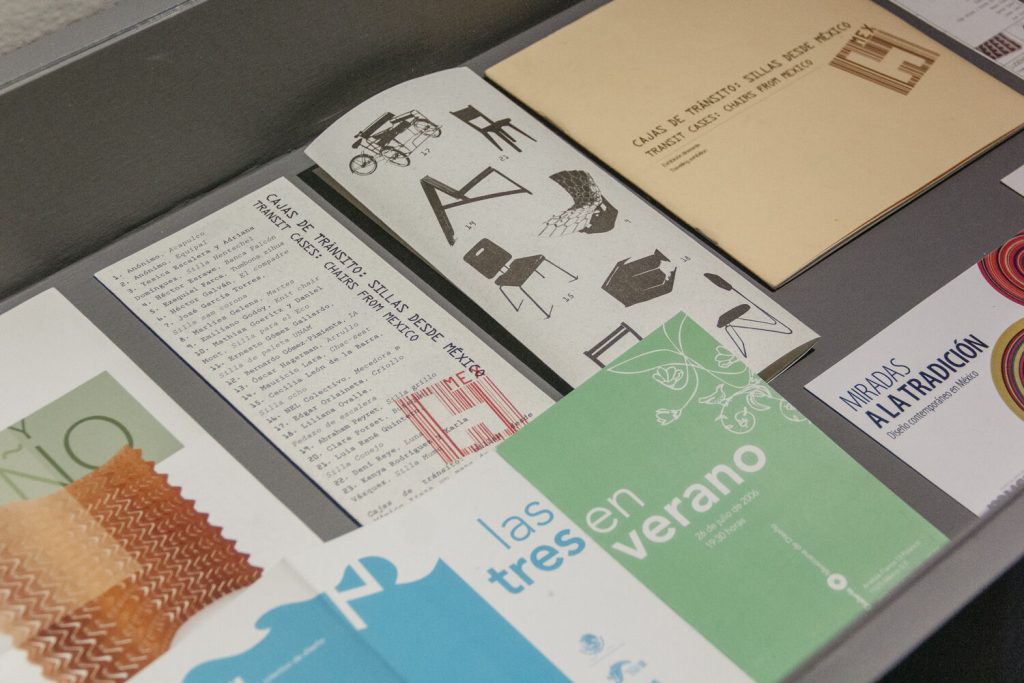Cristina Cruz is a designer, teacher, and cultural manager based in Mexico City. She is the Editor-in-Chief at Coolhuntermx, a platform dedicated to mapping creativity in Mexico and Latin America.
Before jumping onto the implications of these terms in the design industry, it’s important to point out the conceptual difference between decolonizing and anti-colonizing in the Social Sciences spheres, where there are heated discussions. Decolonization is the practice of revealing and dismantling colonialist power in all its forms, it refers to creating the conditions for relationships that aren’t based on the dominance of one society over another in economic, social, and cultural aspects. In this regard, the vertical relationship between the global north and the global south is evident.
Decolonization implies imposing a single way or vision of achieving autonomy; when on the other hand, anti-colonization suggests achieving autonomy from situated knowledge, from one’s own experience and context without imposing visions of life or what “progress” should look like.
Some academics such as the Peruvian sociologist Aníbal Quijano, argue that what colonization imposed in Latin America continues to be reproduced. He refers to oppression, extractivism, dispossession, and exclusion as dominance systems exercised by some people over others. An example of this in Mexico is the deletion of the first nations.
Mexico not only is made up of Mexicans but of native peoples who resisted colonialism: Mayas, Tsotsiles, Tseltales, Mexicas, Zapotecas, Mixtecas and Totonacas; there are more than 68 first nations in the country. The Ayuujk researcher Yásnaya Elena A. Gil, delves into this topic and its implications with language, mentioning that the term “indigenous” isn’t a proper way to refer to them, since it invisibilizes the variety of identities that exist in Mexico.
Let’s think for a moment about textile design. A huipil is a traditional garment that changes in meaning and design based on who’s wearing it. For example, it’s commonly said that the huipil garment from Los Altos de Chiapas is a Mexican piece of clothing, when in fact it isn’t Mexican, it’s Tsotsil. And this is a common misconception amongst Mexicans… So if even for nationals it’s difficult to distinguish this difference, what other realities are we ignoring? The relevance of such details relays on the fact that Mexico is a pluricultural nation.

Under an anti-colonization view, First Nations and Afro-descendant populations generate their own political and territorial freedom, without Eurocentric impositions or visions of progress from the global North strongly rooted in modern Latin American societies. The Maya-Xinka activist and feminist Lorena Cabnal stresses the importance of proposing an epistemic approach from community feminist indigenous women, detaching from the feminism constructed by French upper-class women. That is to say, the approaches of feminism of the first wave in Europe to a Guatemalan feminist community are very different, and for this reason, the existence of only one feminism cannot be affirmed either.
The “good design”
Is it possible to talk about inclusive or decolonized design without falling into the trap of thinking that “good” or “correct” design only comes from the global north? In Monterrey, in the north of Mexico, we find that there has been a strong influence on local graphic designers by Scandinavian design: the use of one or two fonts, simple grids, few elements, and sober color palettes. Characterized for being “minimalist” and whose strong influence is still present in architecture, furniture design, interior design and web design.
This “good” design is often referenced by designers exalted by history and Academia, such as Dieter Rams with his “Ten Principles of Good Design”. He’s still heavily influenced by the practice that today still dominates the idea of “goodness” and “correctness” of design. In other words, the one carried out under the Bauhaus legacy, where everything that doesn’t fall into specific functional, aesthetic and methodological categories is called something else, but not design.
Let’s take a look at the two images below showing “good design” versus something that supposedly isn’t. What are the differences? Why is one considered “good” in Mexico and the other isn’t?
There is a deeply rooted practice within the Latin American creative industries of people traveling abroad to study design in “first world ” countries to later come back to their home countries with a vision that will supposedly nourish the practice of design, but is that the case? How can Latin American designers propose local views in design if we majorly continue to study for master’s degrees in Europe or English-speaking North America?
Disrupt the hegemonic design
In his book Designs for the Pluriverse: Radical Interdependence, Autonomy, and the Making of Worlds, Colombian researcher Arturo Escobar questions the conditions that the modern globalized world has imposed on us and the risk of not having a future. He defines “no future” to refer to the few possibilities imposed by the global capitalist system and the latent environmental crisis. What is critical design and how can we disrupt hegemonic practices? Escobar affirms that it’s important to question the practice of design from political theories and perspectives such as feminism, queer and decolonial thought.

What’s necessary to dismantle concepts such as “development” under an exclusively colonial logic? What has the misconception of development and capitalism given to developing countries? Climate crisis? Inequality and e-waste dumps in Africa? Instead, he advocates for situated knowledge design practice, which he defines as designing for the needs of a given context. He also includes designing horizontally or “co-designing” without hierarchies and the binomial: “I teach you and you learn” approach. This perspective seems hopeful in theory, but can we put it into practice?
The research proposed by the Argentinean designer Mariana Pittaluga is very proactive in this sense. Her book “Puño y Letra”, written together with the political scientist Uriel Aiskovich, is a clear example of the political approach the design discipline requires, mainly in academic environments, and in this case, with the analysis of fonts.
Concerning visual culture, we probably need to question what we’ve learned and pick up how to deconstruct what academia has taught us. Is it possible to generate knowledge in the field of design under an anti-colonial view? What methodologies and processes could we implement?
What’s beyond the Post-it notes and Adobe programs? The digital gap is a reminder that more than 200 million people in Latin America and the Caribbean still live in disparity without access to Internet services, so what can designers bring to the table?
* * *
Curious about the digital design scene in Latin America? Join Design Matters at the second conference in Mexico City on Jan 31- Feb 1, 2024. Connect with fellow designers, make new friends, pump your design skills, and lay down the seeds of future career moves or exploration, all while enjoying one of the most vibrant cities in the world. We’re building an international design community that is inclusive, responsible, and diverse.
References:
- Cruz, C. (2021). The right to habitat, the other worlds in southwestern Mexico. Coolhuntermx.
- Huila Cruz, V. (2021). Yásnaya Elena A. Gil. Ää: manifestos on linguistic diversity. Ana Aguilar-Guevara, Julia Bravo Varela, Gustavo Ogarrio Badillo and Valentina Quaresma Rodríguez (comp.). Almadía-Bookmate, México, 2020; 199 pp. Lingüística Mexicana. Nueva Época, 3(2), 127-131.
- Ogata, J. (2023). Technology: discrimination in artificial intelligence. Coolhuntermx.
- Quijano, A. (2020). Issues and horizons: from historical-structural dependence to the coloniality/decoloniality of power. CLACSO.
Translation by Brenda Turral
Cover photo courtesy of Sensacional de Diseño Mexicano.






